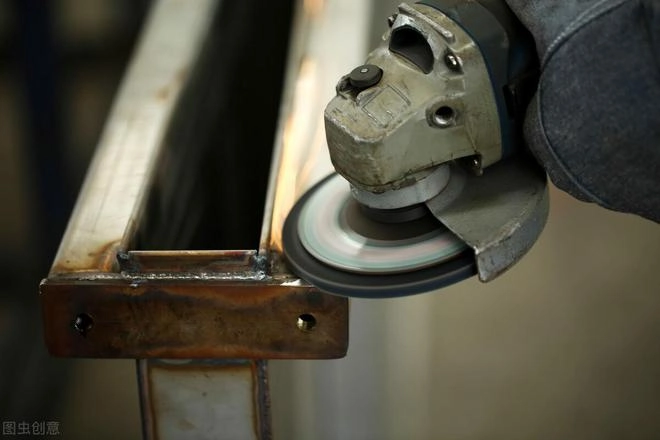The detailed grinding process, especially when applied to plastic molds or plastic products, includes a series of key skills and precautions from rough grinding to polishing:
-
1. Coarse grinding stage
Removal of allowances and defect treatment: First use a coarser grinding wheel or Silicon carbide sandpaper (such as P80-P320 grit) to remove large allowances, burrs, knife marks and other significant defective layers on the workpiece.
Even grinding: Maintain a steady pressure and motion trajectory to ensure that the entire surface is evenly stressed to avoid unevenness.
Cooling and lubrication: During the rough grinding process, it may be necessary to spray coolant or lubricant to prevent the plastic material from deforming or burning due to high friction temperature.
-
2.Fine grinding stage:
Gradually upgrade the sandpaper grit: When the coarse grinding marks are eliminated, switch to finer sandpaper (such as P400-P1000 grit) to further smooth the surface and reduce surface roughness.
Careful inspection: After each step, carefully check whether there are scratches or uneven areas on the surface and correct them in time.
-
3.Semi-fine grinding and fine grinding stage
Fine processing: Continue to use higher-grit sandpaper (such as P1000 or above to P5000 or more) to polish step by step to make the surface more delicate and smooth.
Control your intensity: As the grit of the sandpaper gets finer, you need to sand more gently to avoid creating new scratches or damaging the nearly finished surface.
-
4.Polishing stage
Use polishing tools and media: Use polishing cloth, wool wheel and polishing paste or diamond grinding paste to polish and improve surface gloss.
Low-speed fine polishing: The polishing process should be carried out at a lower speed to better control the contact pressure and temperature and reduce internal stress accumulation.
Observation and inspection: Use light sources to check the surface from different angles to confirm that there are no obvious scratches, holes or color differences to achieve the ideal mirror effect.
Conclusion
In short, each stage from rough grinding to polishing requires careful operation and precise control, and constant adjustment of tools and process parameters to adapt to different plastic materials and mold structure characteristics. At the same time, good patience and practical experience are also key factors to ensure high-quality polishing effects.
